Search Images
Browse Content (p. 1162)

Image
Sutra Case from Heian Period Japan
This sutra case was excavated at Hatogamine in Kyoto, Japan. It is made of gilt bronze and dates to the 1116 CE, which was during the Heian period in Japanese history. (Tokyo National Museum)
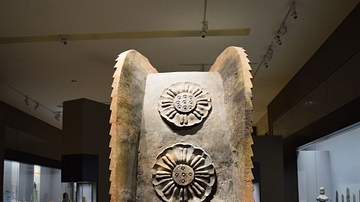
Image
Japanese Ridge-End Ornament
This large block comes from the ruins of Tosaka-dera (Takaidahaiji) in Osaka, Japan. It dates from the Asuka period or the Nara period in Japanese history, which overlapped with the 7th and 8th century CE. (Tokyo National Museum)
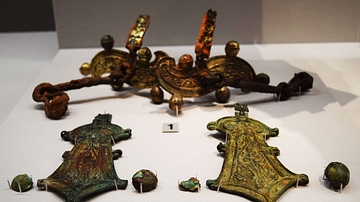
Image
Unique Horse Ornaments from Ancient Japan
These ornaments were placed on horses during the Kofun period in Japanese history. They are made from various types of metals, and they would have projected the power of the rider. They date from the 5th and 6th century CE. (Tokyo National...
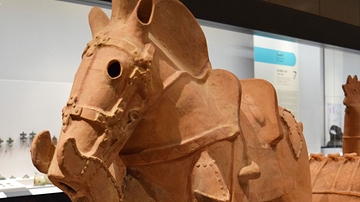
Image
Large Haniwa Horse
This horse is a "haniwa" or a terracotta tomb object. It was excavated at Kamishiba Tumulus in Gunma prefecture, Japan. It dates from the Kofun period or around the 6th century CE. (Tokyo National Museum)
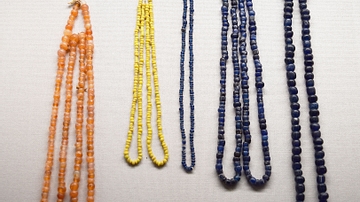
Image
Japanese Beads from the Kofun Period
These beads come from Japan and date from the Kofun period (250-538 CE) in Japanese history. In the Kofun Period beads of various shapes and materials were worn as fashion accessories, used in rituals, and buried in tombs. They include, for...
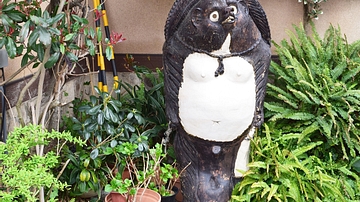
Image
Japanese Tanuki
Statues of the Japanese Tanuki (or Japanese raccoon dog) are found all over Japan, especially around shrines and taverns. The Japanese have many legends about the tanuki, but they are generally believed to be playful and foolish creatures...

Image
Statues of Jizo in Shibuya, Tokyo
These jizo statues are located at the Chosenji Temple in Tokyo's Shibuya ward. The jizo are Bodhisattvas and thus the protectors of the weak, injured, travelers, women, and unborn children. A large number of jizo statues commemorate children...
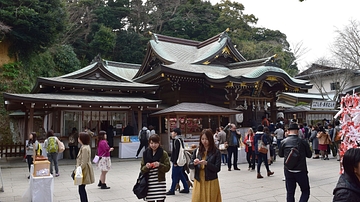
Image
Enoshima Hetsunomiya Shrine
The Hetsunomiya Shrine is one of several ancient shrines located on the island of Enoshima, which is just offshore from Kamakura, Japan. It was founded by Minamoto no Sanetomo in 1206 CE. Here, visitors pay their respect to the Buddhist goddess...
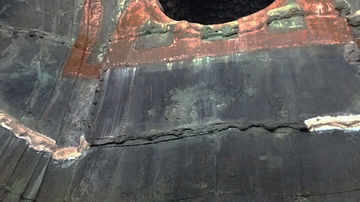
Image
Hollow Interiors of the Great Buddha of Kamakura
Much to the surprise of many, the Great Buddha of Kamakura is hollow. Visitors can venture inside and explore for themselves.
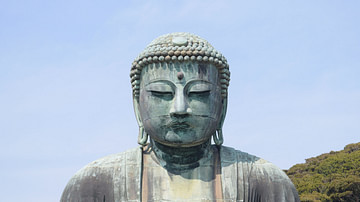
Image
The Close-up of the Great Buddha of Kamakura
Completed in 1252 CE, the Great Buddha of Kamakura has survived countless earthquakes, including the devastating 1923 Great Kanto Earthquake, and a tsunami in 1498 CE. Since that tsunami, the statue has remained outside and has never been...